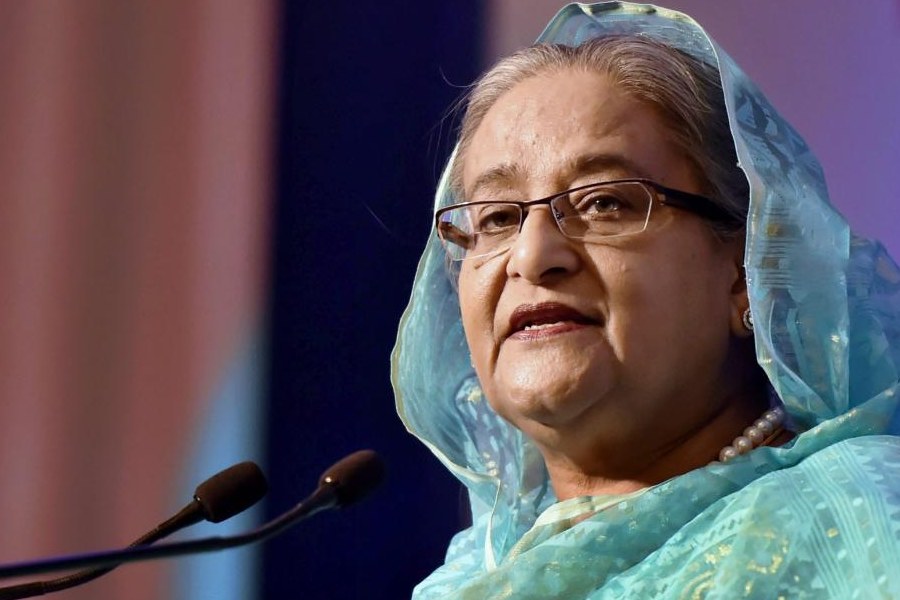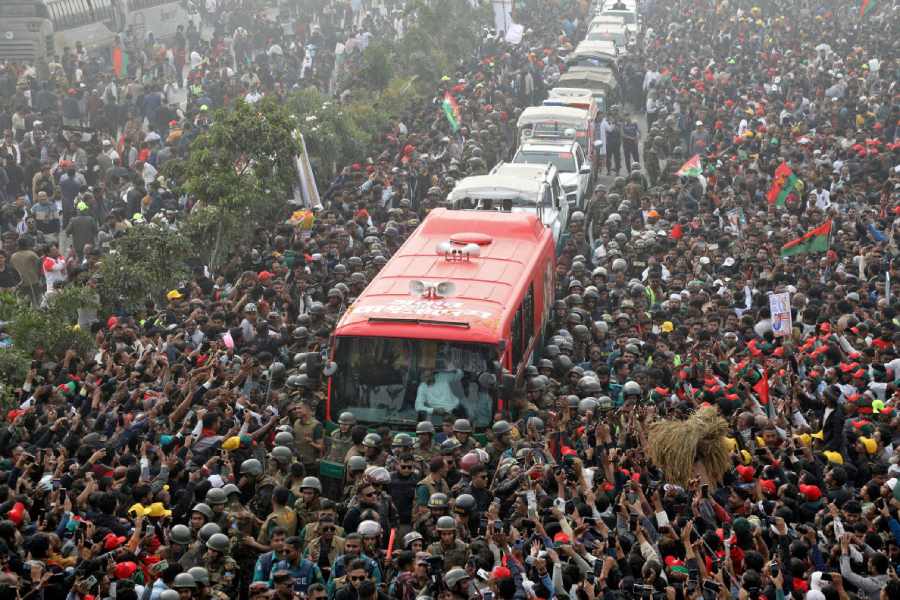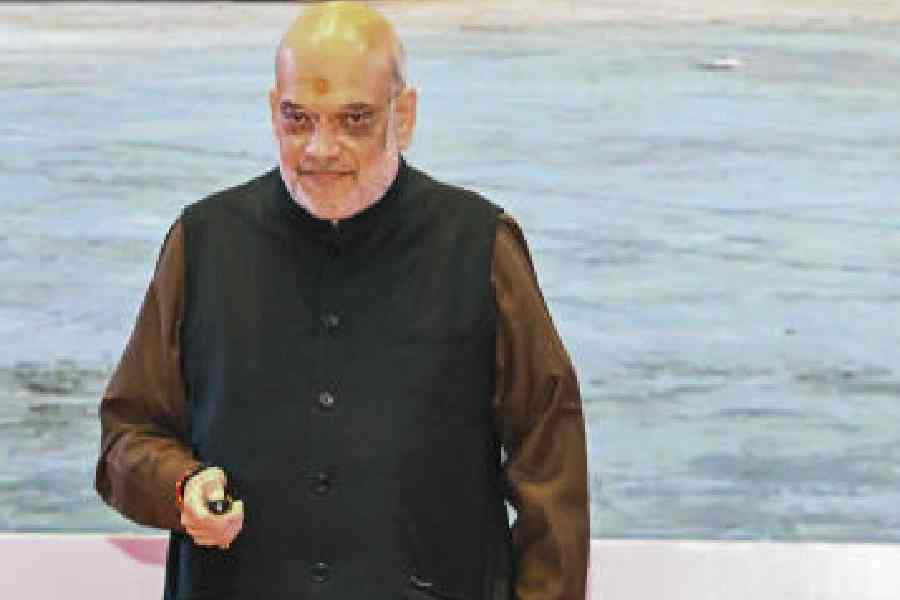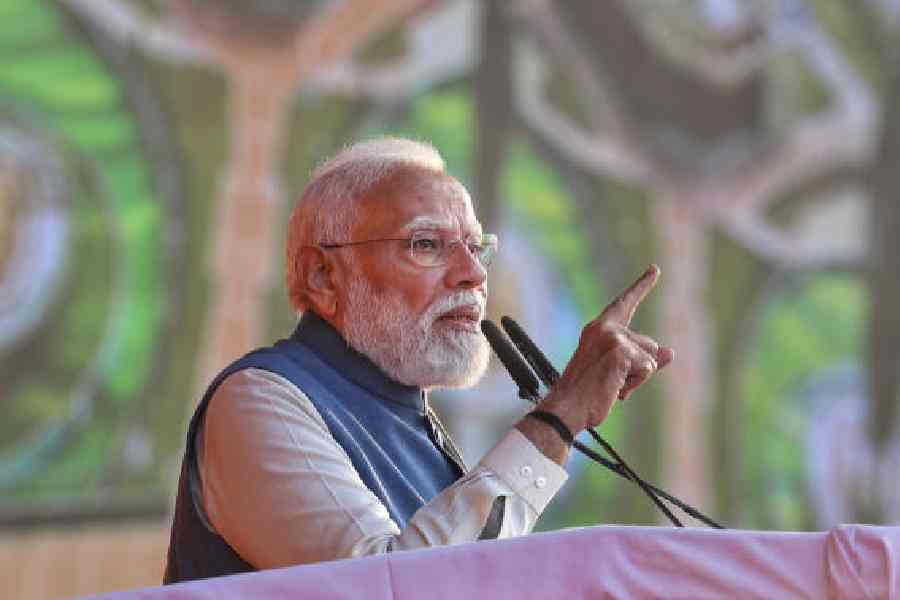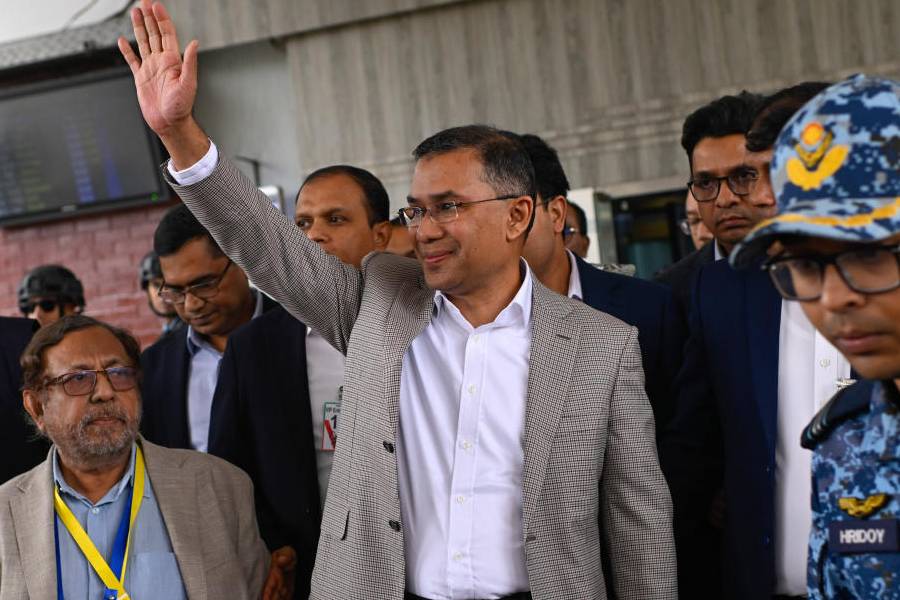 |
 |
| Obama, Singh |
Washington, May 4: President Barack Obama has signalled that he will not lag behind his predecessor George W. Bush in recognising India’s legitimate interests in the course of efforts by his administration to deepen and expand Washington’s relations with New Delhi.
In a concession of historic proportions, almost similar to the nuclear deal announced in 2005 by Bush, Obama personally intervened against an intransigent state department and introduced a provision to quadruple the number of reprocessing facilities in India in a recently concluded agreement to alter “in form or content” US-supplied nuclear fuel to New Delhi.
The concession in the agreement is historic because it considerably frees up India’s existing and future stocks of material needed for its weapons programme which is independent of the nuclear pact as well as arrangements built around the deal with the International Atomic Energy Agency (IAEA) and the Nuclear Suppliers Group (NSG).
For a country which breached its legal obligations to supply fuel to the Tarapur Atomic Power Station over three decades ago, this is an historic turnaround meant to assure India that the US is a partner that can be relied on with the recent transformation in bilateral relations.
That Obama intervened to force this concession on reluctant negotiators within his own administration goes against the grain of a huge international diplomatic effort which bears his signature to create a world without nuclear weapons.
The President’s intervention is a strong signal that despite his big vote bank among America’s non-proliferationists, Obama can be persuaded to listen to reason over ideology in shaping relations with India during and after his visit to New Delhi, now expected to take place in August.
Buried amidst pages of legalese in the agreement under an article on “right to reprocess”, the Obama administration and the UPA government “agree(d) to pursue the steps necessary, consistent with their national laws, to permit reprocessing or alteration in form or content of nuclear material... at one or more new additional national facilities in India, beyond the two facilities provided for in these Arrangements and Procedures, established by the Government of India and dedicated to the reprocessing and, as required, other alteration in form or content of safeguarded nuclear material under IAEA safeguards.”
Negotiators in the year-long process since the then foreign secretary, Shiv Shankar Menon, set the ball rolling on the agreement in February last year said India had actually hoped for only two facilities to reprocess US-supplied nuclear fuel for plants to be set up under the nuclear deal in Gujarat and Andhra Pradesh.
Reflecting that limited expectation is a provision in the preamble of the agreement that the two sides have agreed on “arrangements and procedures under which such reprocessing... may take place in India at two new national reprocessing facilities dedicated to reprocessing safeguarded nuclear material under IAEA safeguards”.
The sea change that Obama quietly brought about in Indo-US nuclear co-operation by his gesture assumes significance because the Americans, especially their lead negotiator, Richard J.K. Stratford, doggedly insisted throughout the talks that no more than one reprocessing facility would be allowed under the nuclear deal.
According to sources in the Prime Minister’s Office, who took part in the talks, when the negotiations nearly stalled on three points, Manmohan Singh asked M.K. Narayanan, now Bengal governor, to speak to the US national security adviser, Gen. Jim Jones, to resolve the stalemate.
Narayanan, who built a strong personal rapport with the retired general last year when they were both national security advisers, reasoned with Jones about the risks of transporting highly radioactive spent fuel in huge storage casks from Andhra Pradesh to Gujarat or vice versa for reprocessing if only one facility was built.
Jones took the matter to Obama for a political directive and was surprised when the President directed that four — not one — reprocessing facilities should be provided for in the agreement, obviating the need for new negotiations under any unpredictable future US administration in case the Americans eventually sold more than two nuclear power plants to India which are now on the drawing board.
Stratford’s counterpart in the talks, Ravi B. Grover, director of strategic planning in the department of atomic energy, was overjoyed when he was told about Obama’s order to sanction four plants. It meant unexpected leverage for India’s ongoing programmes to make nuclear weapons.
Because of the clear separation between India’s weapons and civilian programmes, any material that is transferred for unavoidable civilian needs — with only one reprocessing facility — would otherwise have been impossible to be sent back into the weapons programme.


